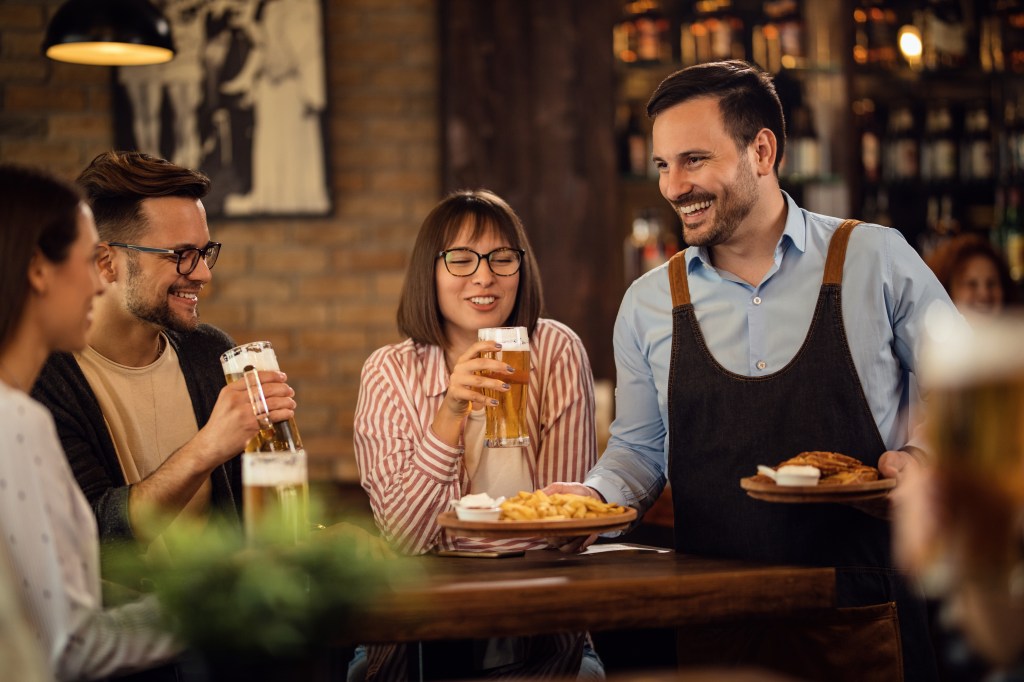There are now fewer shopping baskets containing food items that need to be cooked at home as Filipinos go to fast food restaurants and convenience stores to grab a meal.
The NielsenIQ Shopper Trends Report reveals a 13% decline in monthly grocery spend of Filipino respondents in 2014 compared to 2012. From a monthly spend of P5,400 in 2012, Filipino shoppers only spent P4,700 on an average in 2014.
Practicality rules
Driving this cut in grocery spend is the spike in the number of consumers who are dining out and the increased frequency in eating out of home. In the report, 25% of consumers eat out at fast food restaurants at least once a week, a contrast to a year ago with only 14%.
The proliferation of convenience stores across the Philippines offering prepared meals similar to quick serve restaurant (QSR) format is also encouraging Filipinos to dine out rather than eat at home. The offerings of fast food restaurants and convenience stores cater to shoppers’ increasing desire for convenience, quick preparation, and ready-to-eat meal options.
Food manufacturers in particular should understand that the need for “ready to eat” or “quick and easy” is not just a fad that will fade away; it is here to stay. Manufacturers and even retailers can ride on this trend by innovating to meet their needs or looking at tie-up opportunities with fast food restaurants and convenience stores as a way to stay relevant to these shoppers.
Supermarkets pull in more shoppers away from wet markets
The NielsenIQ report also reveals that when Filipinos shop they prefer to consolidate all their purchases in the stores closest to their neighborhood. Supermarkets are expanding in both regular and small formats near residential areas, investing in bigger fresh food sections within their stores. Similarly, vegetable vendors and mini-market stalls set up closer to neighborhoods. This has led to shoppers again choosing the more convenient alternative, at the expense of wet markets.
In smaller stores which have limited assortment, manufacturers and retailers should ensure that shelf space is assigned not just to their top selling products, but that they also have products that address the needs of various category segments. For instance, most people just buy regular cola drinks but this does not mean that neighborhood store should only carry this as shoppers sometimes feel the urge to buy diet, flavored or imported drinks. Proper assortment is critical so as not to turn off shoppers.
Big on planning, big on impulse
While 89% of Filipino shoppers claim that they plan what they will buy and 87% say that they follow a strict budget, in contrast, 87% admit that they end up buying more than what they had planned. Attractive promotions can encourage spontaneous buying as close to half or 49% of Filipino shoppers are always on the lookout for promotions.
The study further reveals that most Filipinos opt for instant gratification type of promotions such as “buy 1, take 1” and price discounts. While promotions are important in keeping shopper engagement, it should be strategically planned with a marketing objective in mind –to switch buyers, increase basket or drive purchase frequency –otherwise, if abused, it could do more harm than good to the category.
Understanding the behavior of shoppers while in-store is critical in knowing the appropriate tactics that will work for a brand and category. Retailers and manufacturers must work together in developing and implementing strategies that can keep customers coming to stores and increasing basket size.
*Shopper Trends is a syndicated annual report that NielsenIQ conducts across 54 markets globally. It provides a comprehensive overview of retail environment trends and an understanding of shopping behavior across the different trade channels. It provides insights on where, when, and how often people shop, and their emotional commitment and perceptions about key modern trade retailers.



